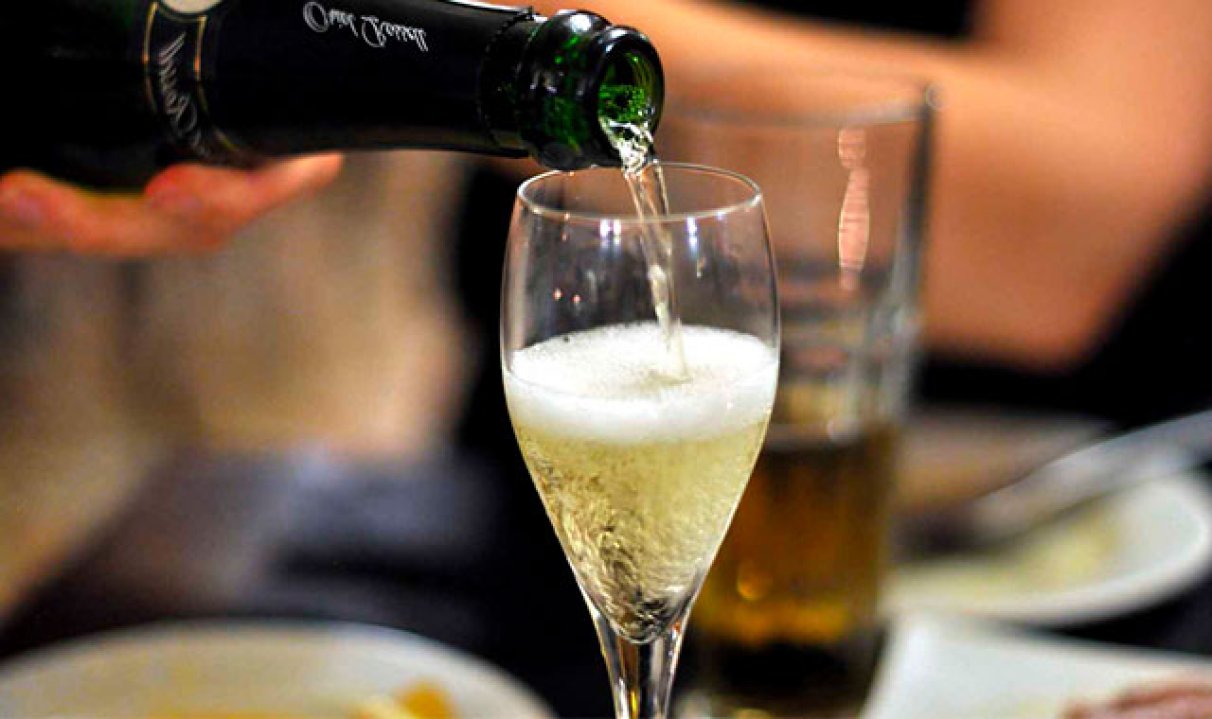What is Cava?

What is Cava?
Cava is a type of sparkling wine made in Catalonia, Spain. It uses traditional champagne-making techniques, such as the méthode champenoise process. As a result, cava often has a similar profile to champagne but with a few distinctions. It is generally considered a lower-quality but more affordable and widely available version of its French counterpart.
What are the main differences between Cava and Champagne?
The main differences between cava and champagne stem from their production methods. Here are the key differences that differentiate cava from its more expensive French counterpart:
-
A minimum of nine months must pass before cava can be labeled as such. This is much shorter than the 15 months+ necessary to label a bottle of champagne.
-
Cava production is typically done in stainless steel tanks, while champagne is traditionally aged in oak barrels.
-
Cava's main grapes, Macabeo, Xarel·lo, and Parellada, are not allowed in the production of champagne.
-
Cava's maximum allowable sugar level (dosage) is some 2.5% lower than champagne's.
How is Cava Produced?
Cava follows the same traditional technique used to make champagne: the Classic Method or Metodo tradicional (in Spain). It begins with a selection of grapes harvested by hand and carefully inspected for quality. The grapes are fermented twice, first in steel tanks and then inside the bottle.
During the second fermentation, the yeasts turn the natural sugars within the grape juice into alcohol and carbon dioxide (bubbles). After several weeks or months of maturation, the bottles are shaken, and the sediment is removed. Finally, a liqueur expedition (or 'dosage') is added to the cava, ready to be enjoyed.
What Grapes are used to Make Cava?
The three main varieties of grapes used to produce cava are Xarel·lo, Macabeo, and Parellada, all indigenous to Spain. In addition, many producers also use the classic French variety, Chardonnay, to create cava with a more fruit-forward profile.
Xarel·lo: Considered the king of cava grapes, Xarel·lo accounts for about one-third of cava's production in Spain. It adds structure and complexity to the wines.
Macabeo: Macabeo is a component in almost every cava blend and contributes floral and spicy aromas, adding structure and crisp acidity.
Parellada: A rounded variety with low acidity and bitterness, Parellada is used to soften and smooth out the blends and increase the complexity and aromatic nuances of a cava wine.
Chardonnay: Used primarily to create drier and more full-bodied cava styles, Chardonnay adds a richer flavor profile and enhances structure.
Cava Styles
Caves are typically categorized into one of three styles, depending on how long the wine has aged in the bottle or on lees:
-
Joven (or "Young"): Caves aged for at least nine months.
-
Reserva: Cavas that have aged for a minimum of 15 months.
-
Gran Reserva: Cavas that have aged for a minimum of 30 months.
These different styles can vary significantly in flavor profiles, ranging from fruity and floral to nutty and spicy.
How to Serve Cava
The perfect temperature for enjoying a bottle of cava is around 8-10°C (46-50°F). Keep the bottle chilled for at least two hours before pouring for optimal results.
It's also recommended to pour cava into a white wine flute or coupe, as the narrow shape and wide mouth help to preserve the bubbles in the wine.
Cava pairs particularly well with fresh seafood dishes, as its effervescence helps to cut through the rich, oily proteins. It can also be enjoyed with a charcuterie plate, light beef dishes, and desserts like fruit tarts and gelato.











Comments : 0